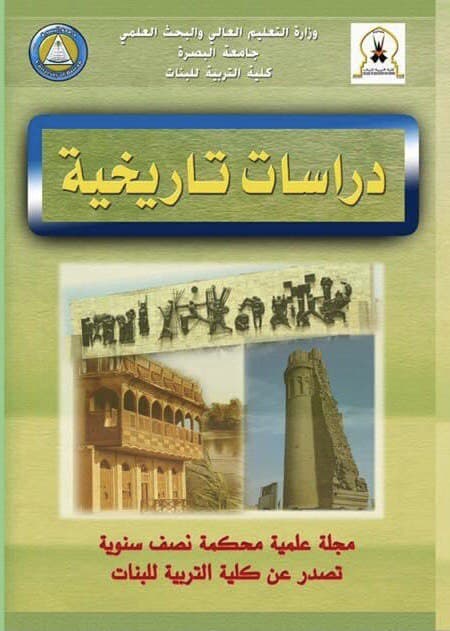Abstract
The research traces the image that was formed of the revelation sent down to the Prophet Muhammad (peace and blessings be upon him and his family) in European thought during the Middle Ages, focusing on how this image was formed in the minds of European thinkers and theologians since the Middle Ages, through a combination of myth and theology influenced by a preconceived position on Islam. Some Christian thinkers sought to deny the revelation of the Prophet Muhammad (peace and blessings be upon him and his family), claiming that the Qur’an was composed by him, or inspired by his dreams, or that he received instructions from Christian monks.
The study highlights key figures who contributed to shaping this perception, who regarded the Qur’an as a human or mythical text and considered Islam a heresy. Their views were primarily rooted in theological polemics rather than informed scholarly understanding.
The research demonstrates that such perceptions lack academic and historical credibility. It shows clear evidence of the structural distinction between the Qur’an and the Prophet’s sayings (Hadith), the absence of direct parallels with previous scriptures, and the unique linguistic, legislative, and scientific miraculous nature of the Qur’an.
The study highlights key figures who contributed to shaping this perception, who regarded the Qur’an as a human or mythical text and considered Islam a heresy. Their views were primarily rooted in theological polemics rather than informed scholarly understanding.
The research demonstrates that such perceptions lack academic and historical credibility. It shows clear evidence of the structural distinction between the Qur’an and the Prophet’s sayings (Hadith), the absence of direct parallels with previous scriptures, and the unique linguistic, legislative, and scientific miraculous nature of the Qur’an.
Keywords
Forms of Revelation
John of Damascus.
Keywords: Concept of Revelation
orientalists
Theology
Abstract
يتتبع البحث الصورة التي تشكلت عن الوحي المنزل على النبي محمد (صلى الله عليه وآله وسلم) في الفكر الأوروبي في العصور الوسطى، مركّزًا على الكيفية التي تكونت بها هذه الصورة في أذهان مفكري ولاهوتيي أوروبا منذ العصور الوسطى، من خلال المزج بين الأسطورة واللاهوت المتأثرة بموقف مسبق من الإسلام، وقد سعى بعض المفكرين المسيحيين إلى نفي الوحي عن النبي محمد (صلى الله عليه وآله وسلم)، والادعاء بأن القرآن من تأليفه، أو من وحي أحلامه، أو تعليمات تلقاها من رهبان مسيحيين.
ويُسلّط الضوء على أبرز الشخصيات التي ساهمت في بناء هذا التصور، والذين عدوا القرآن نصًا بشريًا أو أسطوريًا، واعتبروا الإسلام بدعة أو هرطقة، وهو موقف يستند غالبًا على سجال لاهوتي وليس فهماً معرفيًا.
وقد بيّن البحث هذه التصورات غير العلمية وغير التاريخية، وأنها تصطدم بالشواهد التي تثبت التمايز البنيوي بين القرآن والحديث النبوي، فضلاً عن غياب التشابه مع النصوص السابقة، أضافةً إلى ذلك أن القرآن تميز بإعجازه اللغوي والتشريعي والعلمي.
ويُسلّط الضوء على أبرز الشخصيات التي ساهمت في بناء هذا التصور، والذين عدوا القرآن نصًا بشريًا أو أسطوريًا، واعتبروا الإسلام بدعة أو هرطقة، وهو موقف يستند غالبًا على سجال لاهوتي وليس فهماً معرفيًا.
وقد بيّن البحث هذه التصورات غير العلمية وغير التاريخية، وأنها تصطدم بالشواهد التي تثبت التمايز البنيوي بين القرآن والحديث النبوي، فضلاً عن غياب التشابه مع النصوص السابقة، أضافةً إلى ذلك أن القرآن تميز بإعجازه اللغوي والتشريعي والعلمي.
Keywords
الكلمات المفتاحية: مفهوم الوحي، صور الوحي، اللاهوت، المستشرقون، يوحنا الدمشقي.
